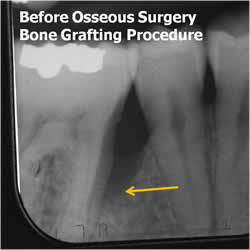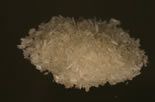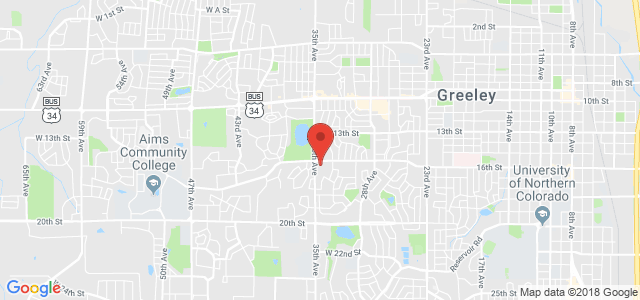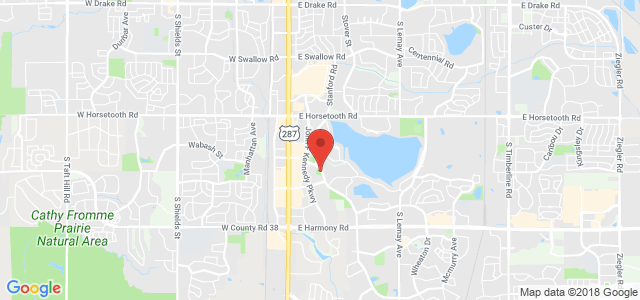When treating periodontitis Drs. Shumaker and Allen always start with a conservative approach and limits surgery only to those sites where it is absolutely necessary.
When non-surgical deep cleaning and more frequent cleanings have failed to control your pocketing and bone loss due to periodontitis, additional procedures may be necessary to stop the progression of gum disease and reduce the pocket depths to save your teeth.


Historically periodontal surgery has been thought to be painful, however, with our modern techniques and equipment Drs. Shumaker and Allen can deliver cutting edge periodontal surgical treatment to save your teeth with a minimum of discomfort and rapid healing. Procedures are done under local anesthetic, just like when you get a filling.
In periodontal surgery, the doctors gently fold back the gum tissue to expose the infected tooth roots and damaged bone. Bacteria, plaque, and tartar are removed with special instruments and the extent of bone loss and damage is evaluated.
The size, shape, and severity of your bone loss from periodontitis determines what treatment approach (or combination of approaches) is appropriate, either osseous surgery or guided tissue regeneration bone grafting are selected to best manage your specific case. Often times a combination of these procedures is needed.
In osseous surgery jagged bone which has been caused by periodontitis is smoothed to allow the gums to adapt to the teeth, eliminating deep pockets. Nearly all periodontal surgery procedures require some level of osseous surgery.
Oftentimes periodontitis causes deep craters or holes in the bone are found around your teeth. When this is the case a procedure called guided tissue regeneration bone grafting is used (in combination with osseous surgery) to place bottled bone obtained from a tissue bank in the damaged areas to promote healing and bone regrowth next to your teeth. With this procedure, additional bone is placed underneath the gum tissue, in the area where it has been lost. The doctors may also use a dissolvable collagen barrier an growth factors to help stimulate the body’s own natural healing of the bony defect.
The bone used for periodontal surgery is usually bottled bone obtained from an accredited tissue bank, preventing the need (in most cases) to take bone from other areas of your body. In some severe cases the doctors may need to take some of your own bone from another area inside your mouth, but usually, this is not necessary.
Bottled bone grafts are extremely safe and have been in use in dental surgery for over 40 years without one single documented case of disease transmission. Tissue banks carefully screen donors and then extensively test and treat the bone graft materials before they are packaged and distributed. You can rest assured that Drs. Shumaker and Allen only use bone materials from tissue banks accredited by the US Food and Drug Administration (FDA) and the American Association of Tissue Banks (AATB).
 Once healed from periodontal surgery, inflammation and pocketing are reduced to a maintainable level and the stability of your teeth is reestablished. Areas treated with guided tissue regeneration bone grafts continue to process the bone graft into your own bone for 6-9 months after the procedure.
Once healed from periodontal surgery, inflammation and pocketing are reduced to a maintainable level and the stability of your teeth is reestablished. Areas treated with guided tissue regeneration bone grafts continue to process the bone graft into your own bone for 6-9 months after the procedure.
Drs. Shumaker and Allen will follow your case closely after periodontal surgery. Because periodontitis is a chronic inflammatory disease, frequent cleanings (called periodontal maintenance) are necessary to maintain the benefits of therapy and prevent disease recurrence.
If you have been told that you have moderate to advanced gum disease and want to save your teeth please contact our office at 970-614-4313 to schedule a consultation, or ask your general dentist for a referral.




